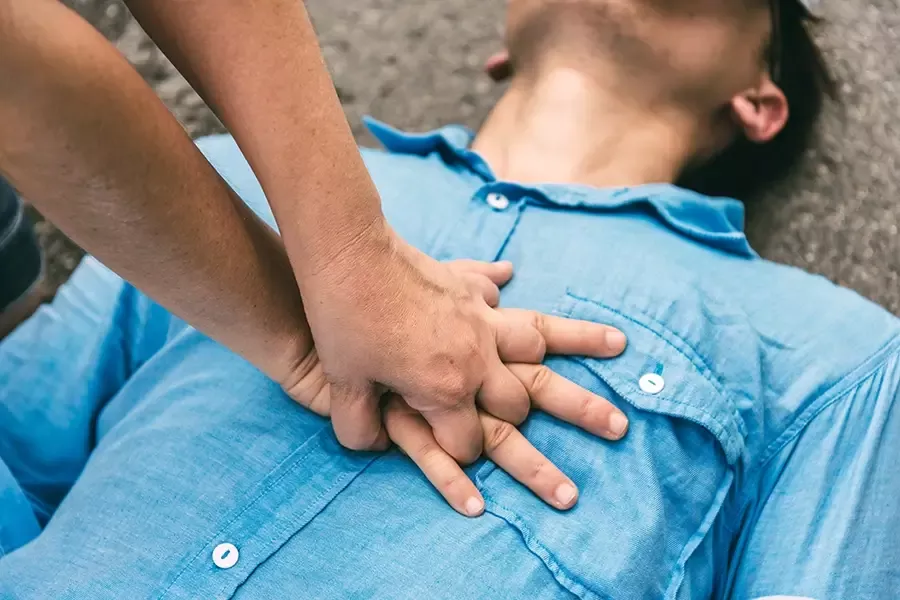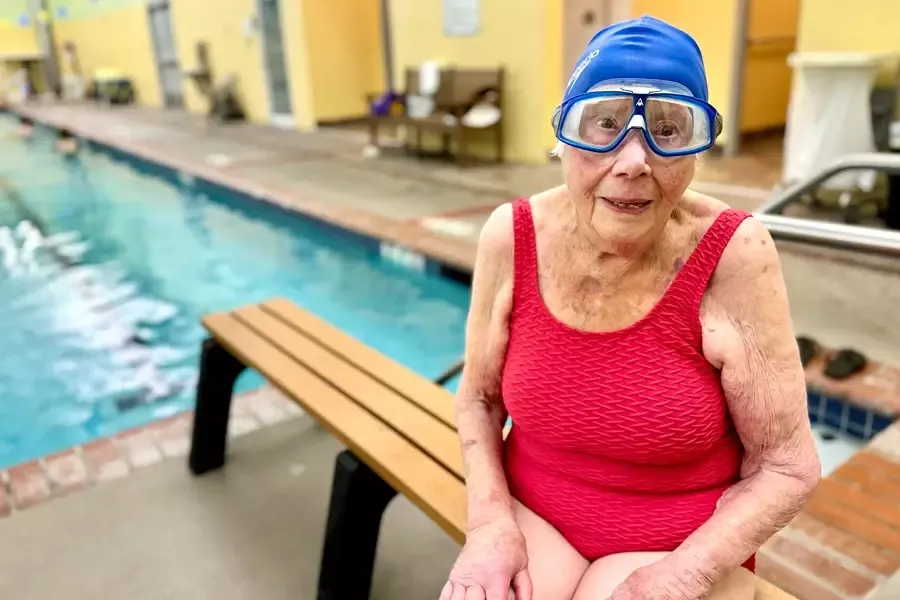
Cardiac arrest can strike anyone, anywhere, at any time. In those critical moments, knowing how to administer CPR can mean the difference between life and death.
For the general public or bystanders who witness a teen or an adult suddenly collapse, the American Heart Association (AHA) recommends performing hands-only CPR without mouth-to-mouth breaths. Luckily, hands-only CPR is so simple even a child can do it.
In this blog, we’ll delve into the benefits of hands-only CPR and how you can become proficient in this life-saving technique.
What is hands-only CPR?
Hands-only CPR focuses solely on chest compressions to circulate oxygenated blood throughout the body. In the first few minutes someone is in cardiac arrest, compressions help keep vital organs alive, buying time until medical personnel arrive or an AED (automatic external defibrillator) can be administered.
It also eliminates the need for rescue breaths, making it more accessible and less intimidating for bystanders to perform. Even for those with minimal or no medical training, hands-only CPR is easy to learn and remember.
How to save a life
Hands-only CPR can double or even triple a victim’s chances of survival, especially if the technique begins immediately.
Hands-only CPR can be performed in just two steps:
- Call 9-1-1. If you see a teen or an adult collapse suddenly, don’t wait for assistance. Call (or have someone else call) 9-1-1 to ensure emergency help is on the way.
- While waiting, push hard and fast in the center of the person’s chest to the beat of a familiar song that has 100-120 beats per minute. Examples: “Stayin’ Alive” by the Bee Gees, “Crazy in Love” by Beyonce featuring Jay-Z, “Hips Don’t Lie” by Shakira and “I Walk the Line” by Johnny Cash are all great options.
If you’re concerned about not performing CPR correctly, remember that in the majority of cases, any attempt to provide CPR to a victim is better than no attempt.
Be the difference
Have a couple of minutes? Take time to watch the AHA’s video for a deeper look at how to administer hands-only CPR as well as other helpful resources. To learn how to perform CPR on a baby or child, click here for instructions.
For those interested in CPR certification, Huntsville Hospital’s Corporate University is the home of north Alabama’s largest certified AHA Training Center. The Training Center staff provides a full range of CPR and life-saver courses to both hospital employees and the community.
Click here to learn more about getting certified.


